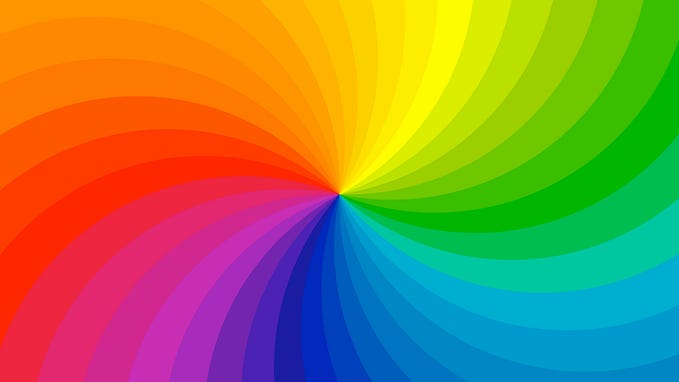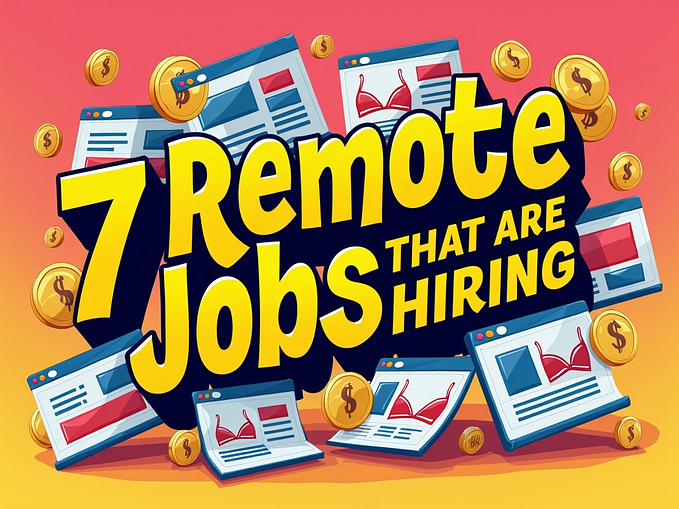Member-only story
A beginner’s guide to aperture
What’s the difference between f/1.4 and f/22?

3 keys to photography
There are 3 key elements to photography: Aperture, shutter speed, and ISO. These are also known as the exposure triangle. Learning how to use these 3 features on your camera is the secret to creating better photos.

What is aperture?
Aperture, also known as an F-stop, is how large of an opening you let light through to your camera.
One-stop refers to doubling or halving the amount of light making up an exposure. Adding a stop of light by doubling the exposure will brighten an image. Decreasing by one stop or halving the exposure will darken an image.
The smaller the f-stop number (think f/1.4), the larger the aperture. Seems kind of backward right? This graphic will help you make the connection.

So the next time you’re wondering which aperture to use in any given lighting situation just think the opposite.
Is it super bright outside? Stick to a smaller aperture (high numbers like f/4 and above). Is it just before sunset and the light is beginning to fade? Use a larger aperture (smaller numbers like f/2.8 and below).
The importance of gear
An important thing to note here is your aperture is entirely dependent on the type of lens you’re using. This is why it’s important to invest in quality glass.
You’ll notice most kit lens you receive with your camera don’t go past f/4. This makes it challenging to shoot in low light situations unless you use a tripod.
The larger the aperture (from f/2.8 down to f/1.4), the more light your lens will allow in to capture those night scenes. Prime lenses are great for low light situations, some can go as low as f/1.2








